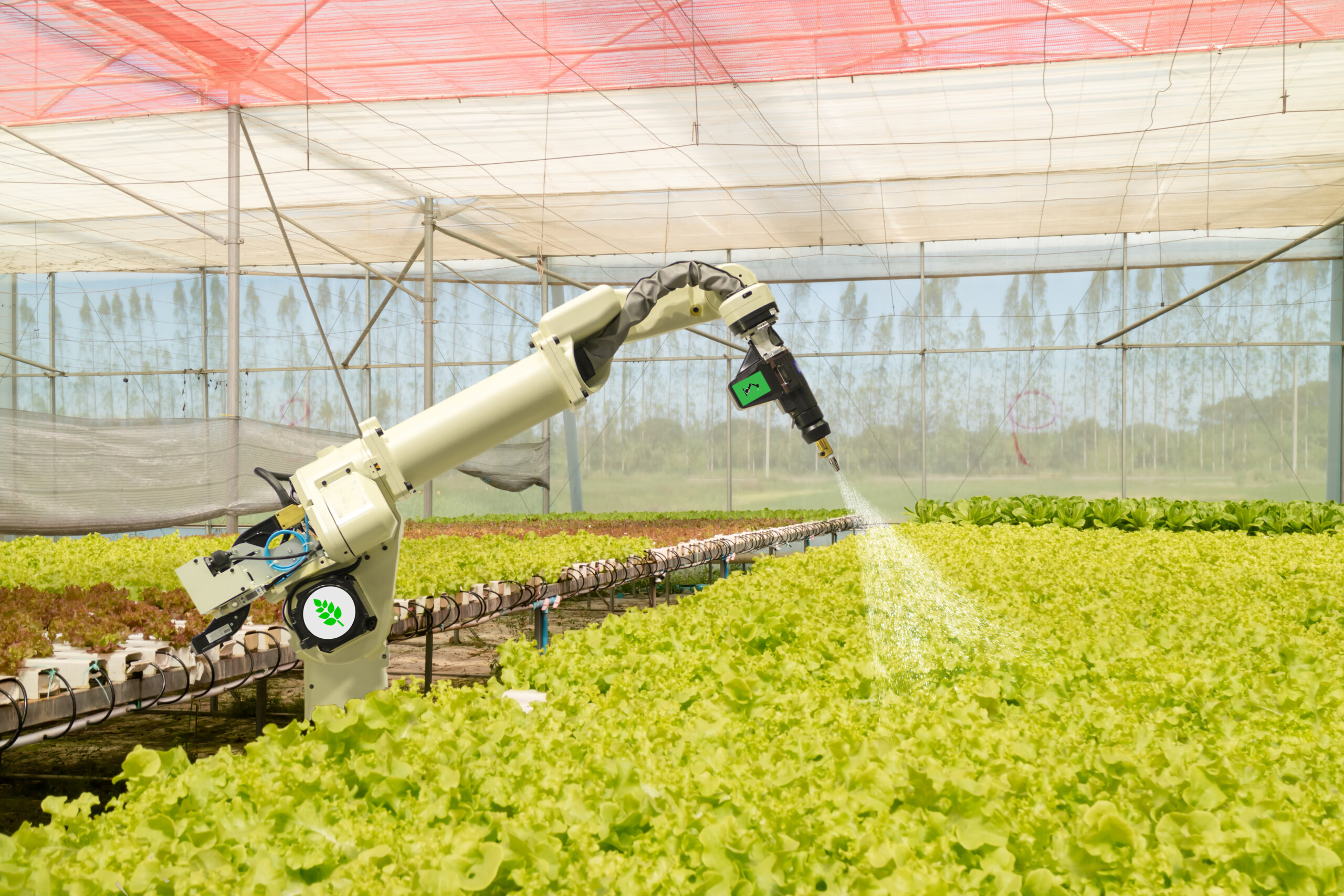 Today’s global trend is a significant factor that twists the future of agriculture. The developments in demographics, climate change, shortage in natural resources, and food waste are reported as the top reasons for global agronomy to produce at least 70% more food by the end of 2050. While scientists, investors, and the government are working on several ways to increase crop yields, innovative agricultural technologies are now trending worldwide. The future of agriculture will no longer count on fertilizers, soil, water, and pesticides. Alternatively, farmers will now use technology to run agricultural operations such as robots, devices like temperature and moisture sensors, GPS technology, and aerial images. The advanced technology and computerized system provide a wider farm-scale to be more profitable, economical, consumer safety, and environmentally friendly.
Today’s global trend is a significant factor that twists the future of agriculture. The developments in demographics, climate change, shortage in natural resources, and food waste are reported as the top reasons for global agronomy to produce at least 70% more food by the end of 2050. While scientists, investors, and the government are working on several ways to increase crop yields, innovative agricultural technologies are now trending worldwide. The future of agriculture will no longer count on fertilizers, soil, water, and pesticides. Alternatively, farmers will now use technology to run agricultural operations such as robots, devices like temperature and moisture sensors, GPS technology, and aerial images. The advanced technology and computerized system provide a wider farm-scale to be more profitable, economical, consumer safety, and environmentally friendly.
Robotics / Drones Technology
Incorporating robotics in agricultural technology reduces the cost and time of farmers so they can focus their attention on crops that significantly need attention. A sensor-laden machine, for example, from a Swiss company, aims to automatically examine the crop’s deficiencies such as treating disease infected leaves, water withering plants, and monitoring the growth of crops without the need for human drivers or with very little human association.
Vertical / Precision Farming
In recent years, vertical / precision farming was introduced as an alternative approach to conventional farming, allowing diverse crops to grow in a controlled environment using aeroponics. By using vertical farms, crops are safe from the extremity of weather conditions and the spread of pest infections. The process also ensures constant crop yields all year round, even if crops are out of the traditional growing season. Though every crop’s performance depends on its genetics and how it responds to the environment, scientists are continuously understanding the links in between to provide a more efficient, sustainable business that improves productivity while dropping the costs.
Gene Editing
Gene editing is the splicing of DNA sections within a single gene to develop selective breeding. Through this process, scientists and farmers can select and create specific crop varieties that can produce better yields while reducing the costs and repercussions on the environment. Gene editing can produce crops that already have improved nutritional properties, thereby reducing the costs of fertilizers and pesticides.
Digitalization
Digitalization is now adopted in the agricultural technology sectors. Farming would now be lighter and quicker with driverless tractors guided by the farmer’s phone or tablet. The incorporation of artificial intelligence and advanced software can help create sustainable productivity growth even in the face of climate change.
With these innovations, experts and farmers alike expect a tremendous change in agriculture in the future or at least two decades from now. As population and income increase, and so is the global food demands. Research shows that by 2050, the population is expected to reach 9.1 billion globally, a 15% increase as of writing. Along with the population and income increase comes the food trends, which a large number of the population are more health-conscious. Hence, farmers and scientists are focusing on yields that are more plant-based proteins.


